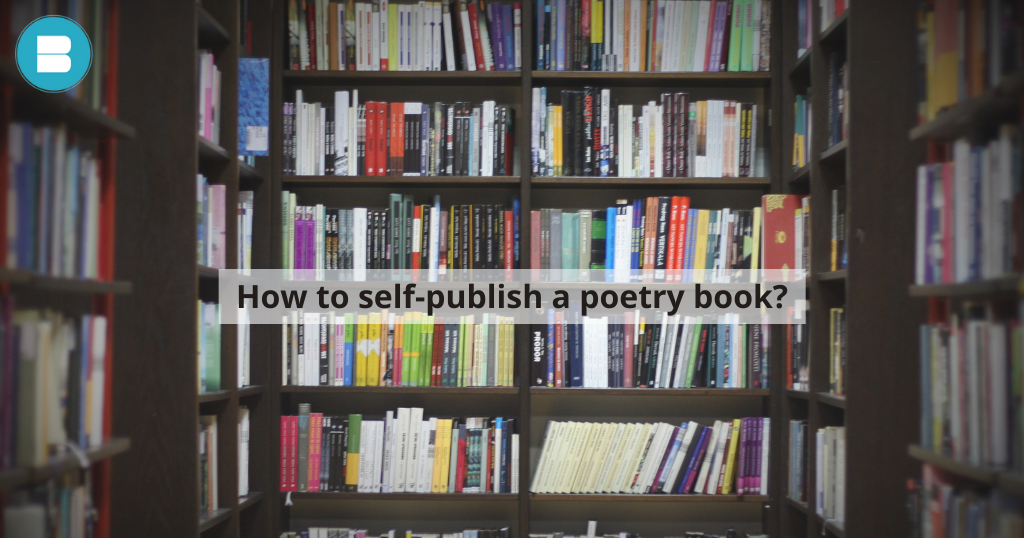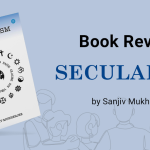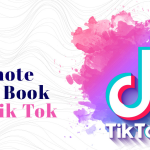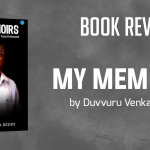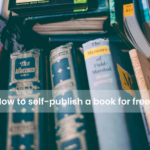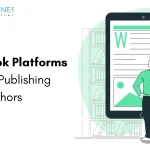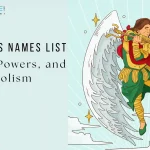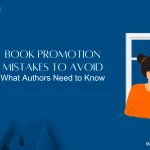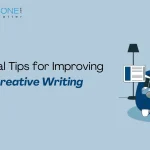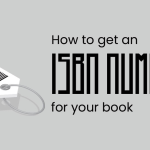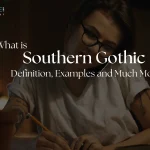Writing a poetry is an art and everyone can’t do this. It is a process of transforming your thoughts and emotions into lines with which the reader can relate.
The major difference between prose and verse would be the rhyme and meter in which they are written.
There are many types of poems that follow a particular pattern or sometimes no pattern at all.
The most famous would be the blank verse or free verse which doesn’t follow any kind of rhyming scheme –
A blank verse is a type of poetry composed in iambic pentameter with regular metrical but unrhymed lines while a free verse is an open kind of poetry that evolved from the French verse libre form in its present form. There are no constant meter patterns, rhymes, or musical motifs in it.
As a result, it tends to mimic the rhythm of genuine speech.
Just like prose, poetry has different elements as well.
Elements of poetry include; Figurative speech, Imagery, Rhythm, Alliteration, Mood, Stanza, Density, and Rhyme.
- Figurative speech: Metaphors, similes, and allusions are examples of figurative speech elements. These elements deepen the theme and give the poems a bit more texture.
- Imagery: Imagery is a poetic element that adds interest and appeal to every piece of poetry. Imagery is the creative use of words to produce an impression, a sensation, or to implant a concept in the mind of a reader by engaging and triggering their imaginative sense.
- Rhythm: Rhythm is a poem element that aids in the creation of a good and creative poem. It is the systematic regularity of a poem’s tempo and rhythm that is archived.
- Alliteration: Alliteration is a poetic device that is also employed in poetry writing. Consonant sounds are repeated in a succession of words at the start of a word or a stressed syllable. The sounds of letters, rather than the spelling of words, are the center of this poetic aspect.
- Mood: Another important aspect of poetry is tone. It is critical to understand the tone that the speaker will communicate in any poem you write. This can be evident in the speaker’s demeanor. A poem’s tone is sometimes referred to as the poem’s mood.
- Stanza: A stanza is the fundamental unit of a poem. It’s a group of lines that are connected or communicate the same idea. When crafting poetry, each stanza has a distinct purpose. Stanzas are organized according to a poem’s patterns. Stanzas are classified by the number of lines they include.
A couplet is a stanza that is made up of two lines. A tercet is a three-line verse. A quatrain is a four-line verse. A five-line stanza is known as a Quintain. A six-line sestet is a stanza with six lines. A septet is a stanza that consists of seven lines. An octave is defined as an eight-line stanza. - Density: Another literary factor to take into consideration when writing a poem is density. Density refers to how much is said in how much space. The density of a poem is what sets it apart from prose. The density of a poem is determined by the use of metaphors, sounds, rhythms, and diverse language types.
- Rhyme: Rhyme arises when the sounds of two or more words in a poem are similar. Internal rhyme occurs when words in the same line of a poem rhyme, but end rhyme happens when the lines’ last words rhyme. A rhyme scheme is the overall rhyme arrangement of a poem.
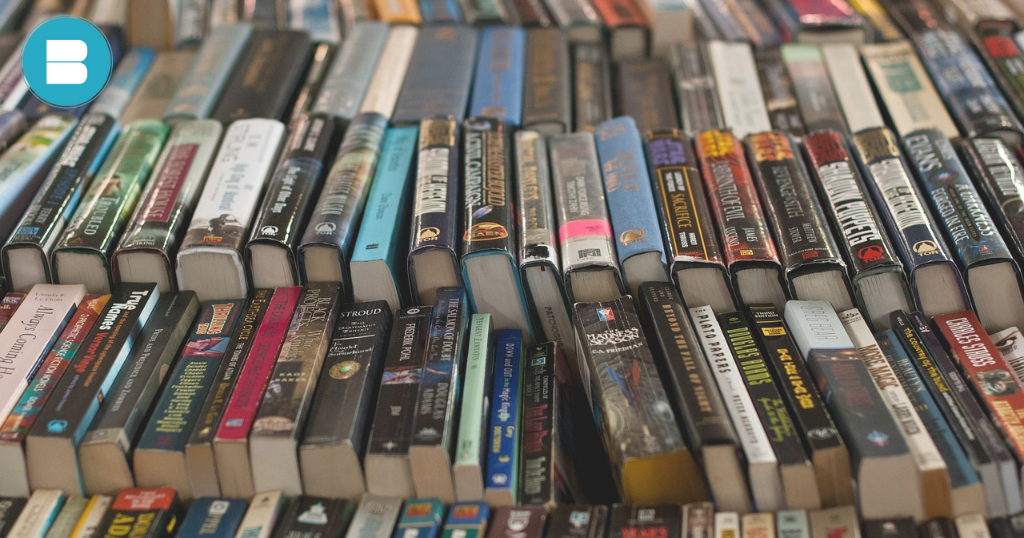
There are other types like the Haiku, a three-line poem that seems easy to write but is actually hard. To sum up an entire thought in just 3 lines is a tough job to do.
The most famous poems of all time included in the canon are written by literature giants that fall under the genre of Ballads, Odes, Epic, etc.
How poetry is written determines its genre.
There are several types of genres that differentiate the poems.
- Narrative poetry: Narrative poetry is a genre of poetry that tells a story. It is generally more applicable in smaller works as people can find it more interesting.
- Epic poetry: Epic poetry as mentioned above is the most famous in the literature field. They were often used to narrate some heroic event or some mythological story.
- Dramatic poetry: Dramatic poetry is a drama written in verse to be spoken or sung and appears in varying, sometimes related forms in many cultures.
- Satirical poetry: This genre was also famous in older times as major poets used to throw shade or criticize kings at the time via their poetry. Poetry can be a powerful vehicle for satire. They were often used as a weapon in political matters.
- Lyric poetry: Lyrical poems are often personal to the poet as they are used to write about something or someone. They always follow a pattern which makes the poem more melodious.
- Elegy: An elegy is a poem that mourns the loss of someone/ something or even a feeling. It often follows a specific meter.
Poetry writing is not an easy task however when one master it, it is always recommended to get them published so that the world comes across the beauty you have created.
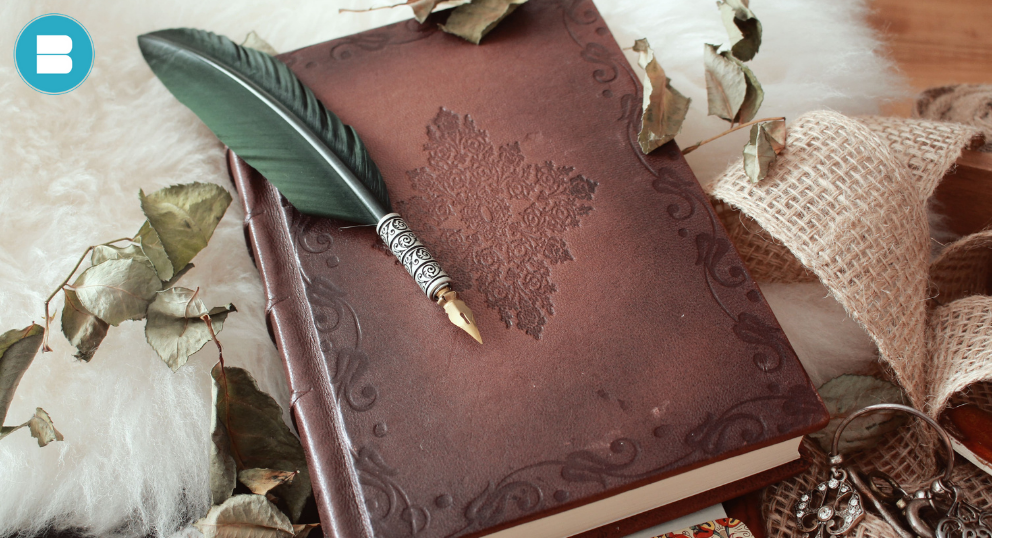
How poetry books are published?
It is always recommended to have a set of poems already self-published somewhere before. Leading book publishers always want these poems in an anthology. There are many types of publishing that you can opt for.
The first would be traditional publishing where you can send in submissions to the publishing houses to get your book published. However, it is extremely hard to break through via this route. Renowned self-publishing houses pick poems of poets who are already established or have recognition in the poetry community.
Secondly, there are small publishing houses that focus on only a certain type of literature or prefer them in a certain language. These houses can give your poetry the right boost if you are just starting your writing career.
If you’re skeptical about this, submit your poems first to writing contests that always have small prize money.
Read: How should you market your first book? (Complete-guide)
They will also advertise your poem very well as it would in association with their competition. Often times these poems get published in an anthology as well which will give you a right start.
If you want to avoid all these troubles and still want your work to get a platform you can always opt for self-publishing. It is the easiest path to getting your book out there without the hassle of dealing with a thousand things. There are many places where poems can be self-published, the internet being the top among all of them.
The Internet has opened the world to newer places that are accessible to all. The biggest advantage for writers these days is that they can have the world as their audience. Social media contributes to it majorly.
Poems are published on various websites or pages which gives your writing the right platform. Writers these days can send their writing to renowned magazines via online submissions.
You can also choose to go through the process of self-publishing a book as well.
The first step to self-publishing a book is to have 50-100 similar-themed poems. Every poetry book follows the same theme throughout the book as it helps the reader to find all the poems of their interest at one place. Before going through the process make sure the poems are impeccable. For this opt for services like proofreading, formatting, and copyediting so that all the mistakes can be avoided and the end result would be one masterpiece.
At BlueRoseONE we make sure you get all these services with integrated packages so that all the bases of self-publishing are covered. We also offer you the option of self-publishing a book in India with ready-made templates for book covers or interior matter which makes the entire publishing process smoother and much more relaxing.

